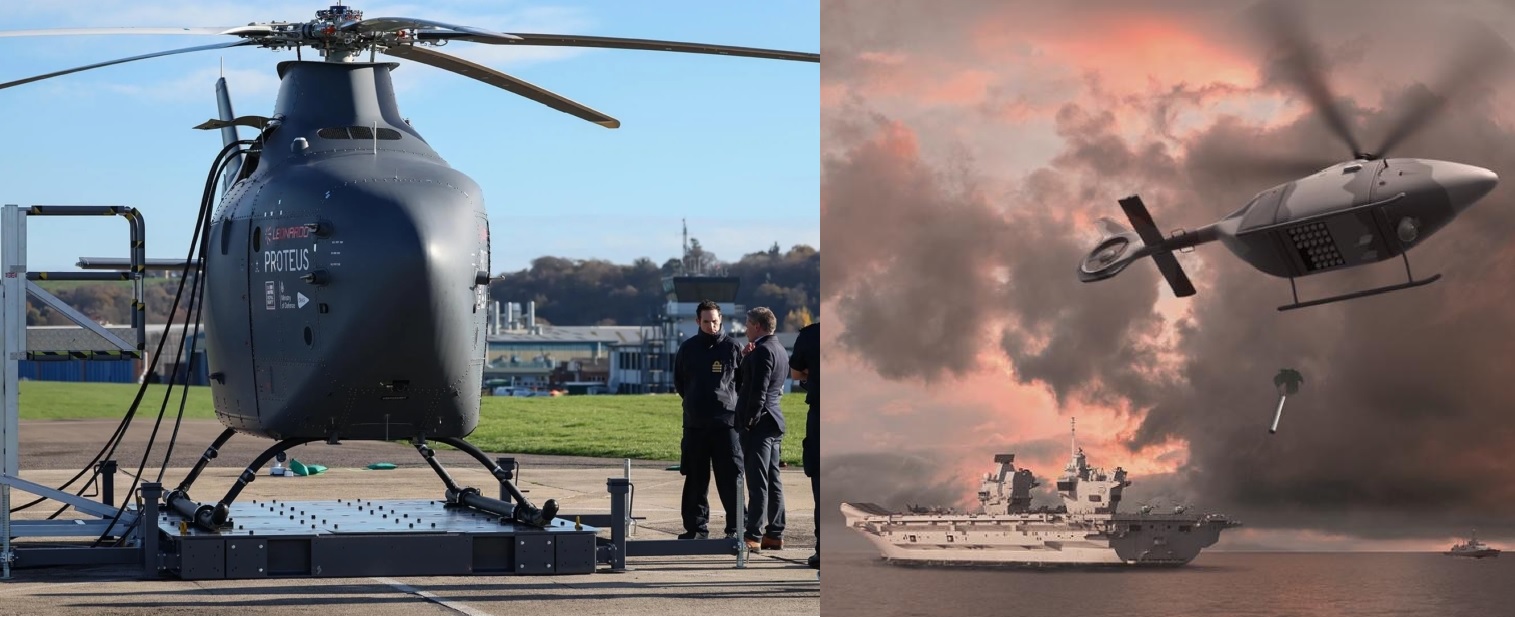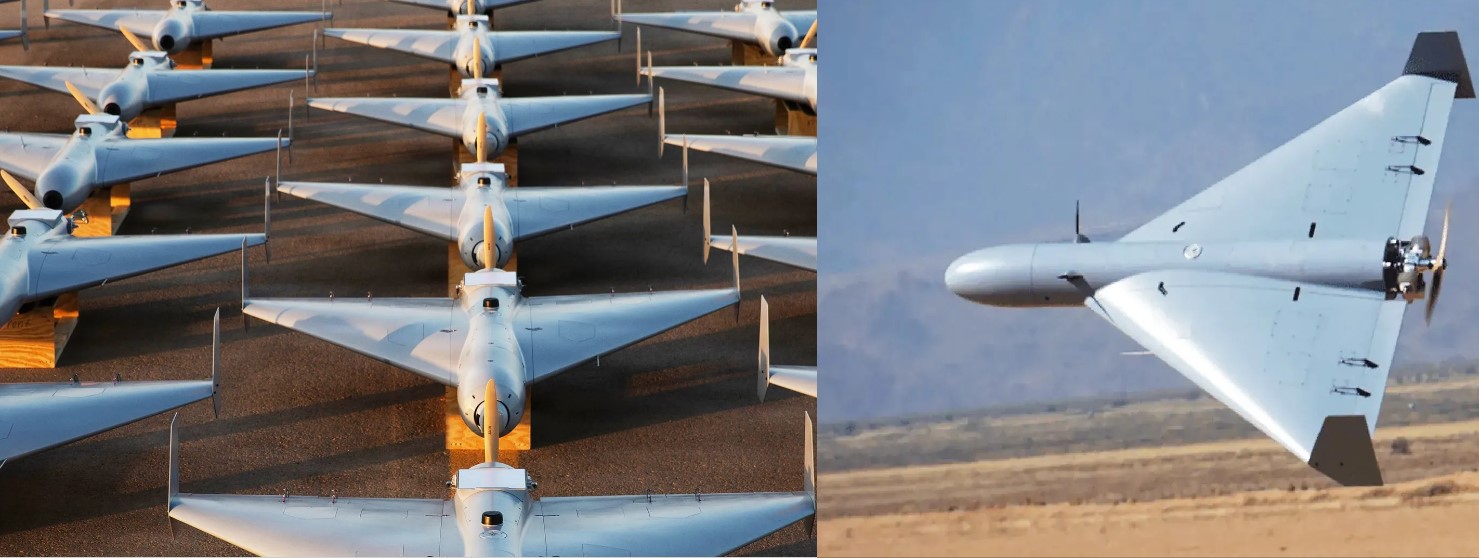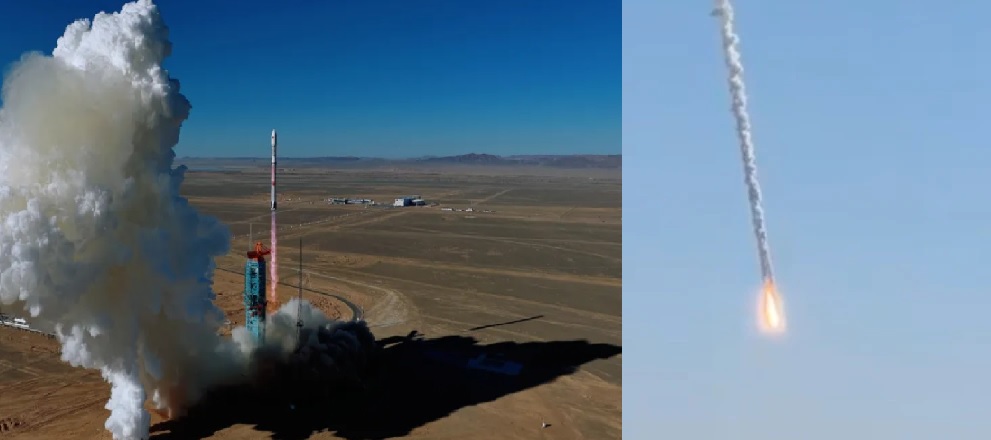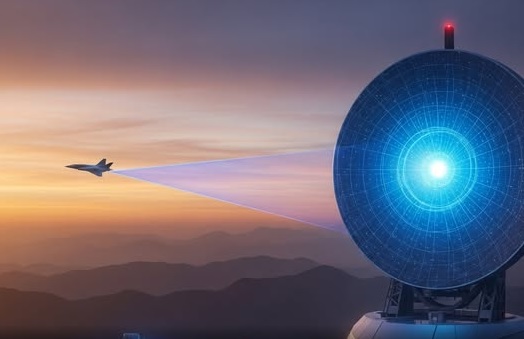India’s Zorawar Light Tank Gears Up for User Trials in September 2025
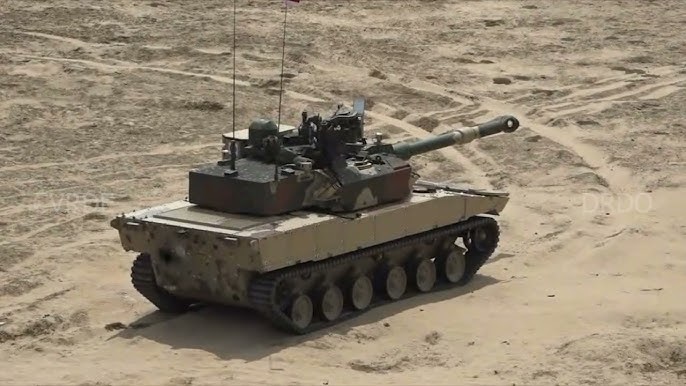
India’s Zorawar Light Tank, a cutting-edge indigenous defense project, is set to take a major leap forward as the Defence Research and Development Organisation (DRDO) and its industry partner Larsen & Toubro (L&T) prepare to roll out the second prototype for user trials starting in September 2025. This 25-tonne tank, designed for high-altitude warfare in regions like Ladakh, has already shown impressive results in earlier tests, and these upcoming trials mark a critical step toward its planned induction into the Indian Army by 2027.
The Zorawar, named after the 19th-century Dogra General Zorawar Singh, was developed to address the Indian Army’s need for a lightweight, agile tank capable of operating in the rugged, high-altitude terrain along the Line of Actual Control (LAC) with China. The urgency for such a vehicle became clear during the 2020 Galwan Valley clash, where heavier tanks like the T-72 and T-90 struggled with mobility in mountainous regions. The Zorawar, built by DRDO’s Combat Vehicles Research & Development Establishment (CVRDE) in collaboration with L&T, is designed to fill this gap with its rapid deployability, amphibious capabilities, and advanced firepower.
Proven Performance in Early Trials
The first prototype, unveiled in July 2024 at L&T’s Hazira facility in Gujarat, has already undergone rigorous testing. In September 2024, the tank aced its preliminary automotive and firing trials in Rajasthan’s desert terrain, hitting targets with pinpoint accuracy using its 105mm Cockerill turret. Further tests in December 2024 at Nyoma, Ladakh, at elevations above 4,200 meters, showcased its ability to navigate steep gradients and perform in sub-zero conditions. The tank’s amphibious capabilities were also validated in water obstacles like Pangong Tso, and it was successfully airlifted by the Indian Air Force’s C-17 Globemaster III, proving its suitability for rapid deployment in remote areas.
Upgrades in the Second Prototype
The second prototype, set for rollout in September 2025, incorporates feedback from the Army and data from earlier trials. Key upgrades include:
-
Improved Suspension System: Enhances mobility over rough, mountainous terrain.
-
Advanced Engine Cooling: Ensures optimal performance in the thin air of high altitudes.
-
Enhanced Situational Awareness: Additional sensors provide better battlefield visibility for the crew.
The tank is powered by a 760 horsepower Cummins engine, delivering a 30 hp/tonne power-to-weight ratio for superior agility. Future production models may feature a more powerful 1,000 hp Cummins Advanced Combat Engine (ACE) or an indigenous 700 hp engine under development as part of India’s Atmanirbhar Bharat (self-reliant India) initiative. The Zorawar’s 105mm main gun, capable of firing anti-tank guided missiles (ATGMs) and conventional shells, is paired with a 12.7mm remote-controlled machine gun and advanced sighting systems. Its modular armor and active protection system (APS) boost survivability, while the low-profile design reduces detectability.
Strategic Importance
The Zorawar is a direct response to China’s deployment of modern light tanks like the T-15 along the LAC. Its ability to operate at altitudes above 5,000 meters and cross rivers makes it a game-changer for India’s mountain warfare capabilities. The Indian Army has placed an initial order for 59 tanks, with a total requirement of 354 units valued at approximately ₹17,500 crore (US$2.1 billion). The tank’s airlift capability ensures it can be rapidly deployed to contested border regions, strengthening India’s posture against potential threats.
Upcoming User Trials
Starting in September 2025, the Indian Army will conduct user trials lasting 12 to 18 months, testing the Zorawar across diverse conditions, including summer, winter, and high-altitude environments. These trials will evaluate the tank’s reliability, combat readiness, and performance under extreme weather. The second prototype will be compared against the first to finalize the design before large-scale production begins. L&T, as the lead manufacturer, is poised to deliver the initial batch, with contributions from Micro, Small, and Medium Enterprises (MSMEs) and other Indian industries highlighting the project’s role in boosting indigenous defense manufacturing.
A Step Toward Self-Reliance
Defence Minister Rajnath Singh has praised the Zorawar project as a milestone in India’s pursuit of self-reliance in defense technology. The collaboration between DRDO, L&T, and other private players like Bharat Forge marks a shift from the challenges faced by earlier programs like the Arjun Main Battle Tank, which suffered delays due to over-reliance on imported components. While the Zorawar uses foreign subsystems like the Cummins engine and Cockerill turret, efforts are underway to localize production through technology transfers, ensuring long-term self-sufficiency.
With user trials kicking off next month, the Zorawar Light Tank is on track to become a cornerstone of India’s armored capabilities in high-altitude regions. By 2027, the first regiments are expected to be operational, providing the Indian Army with a versatile, modern asset to counter emerging threats along its northern borders. This project not only strengthens India’s defense posture but also sets a benchmark for future indigenous defense programs, blending innovation, collaboration, and strategic pragmatism.
✍️ This article is written by the team of The Defense News.
